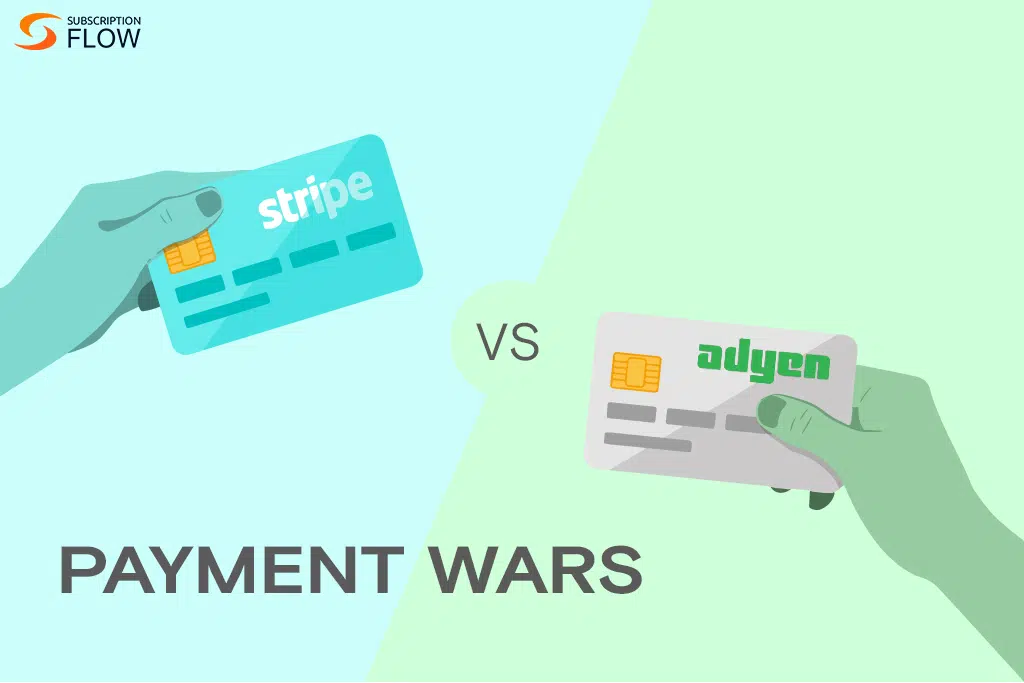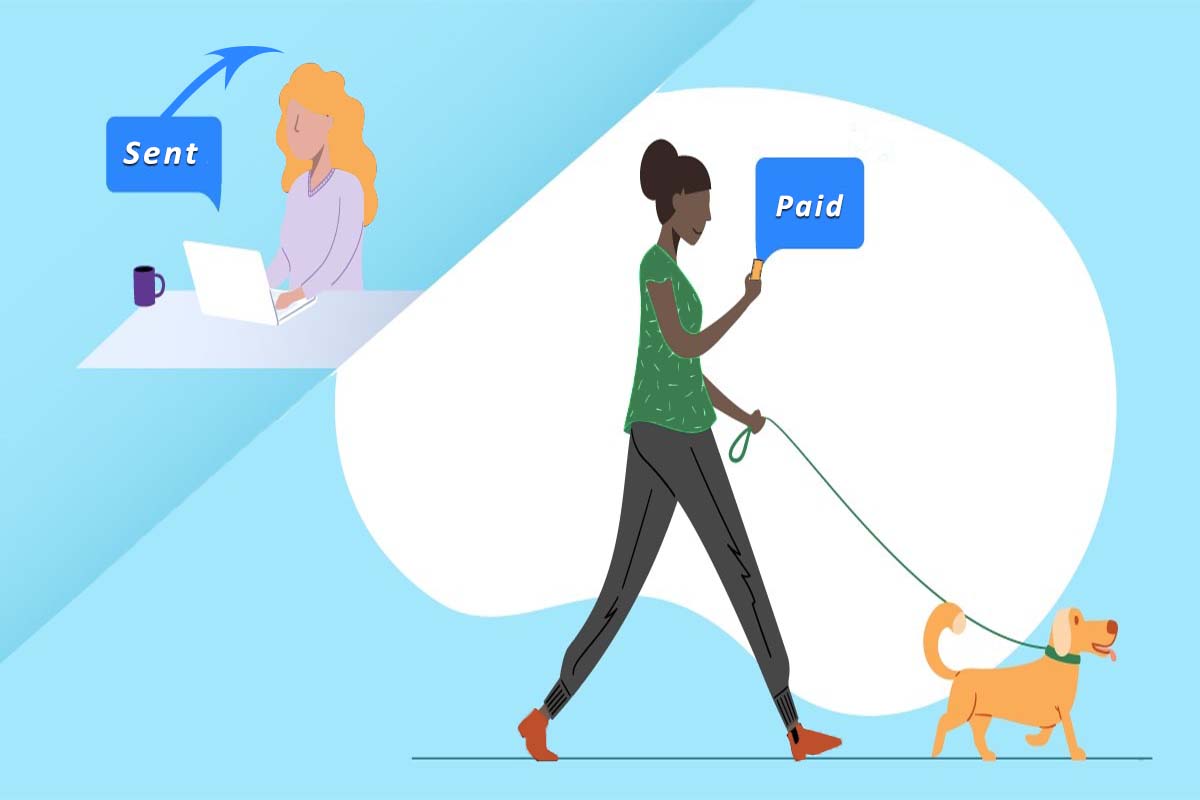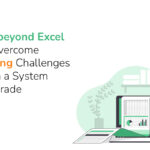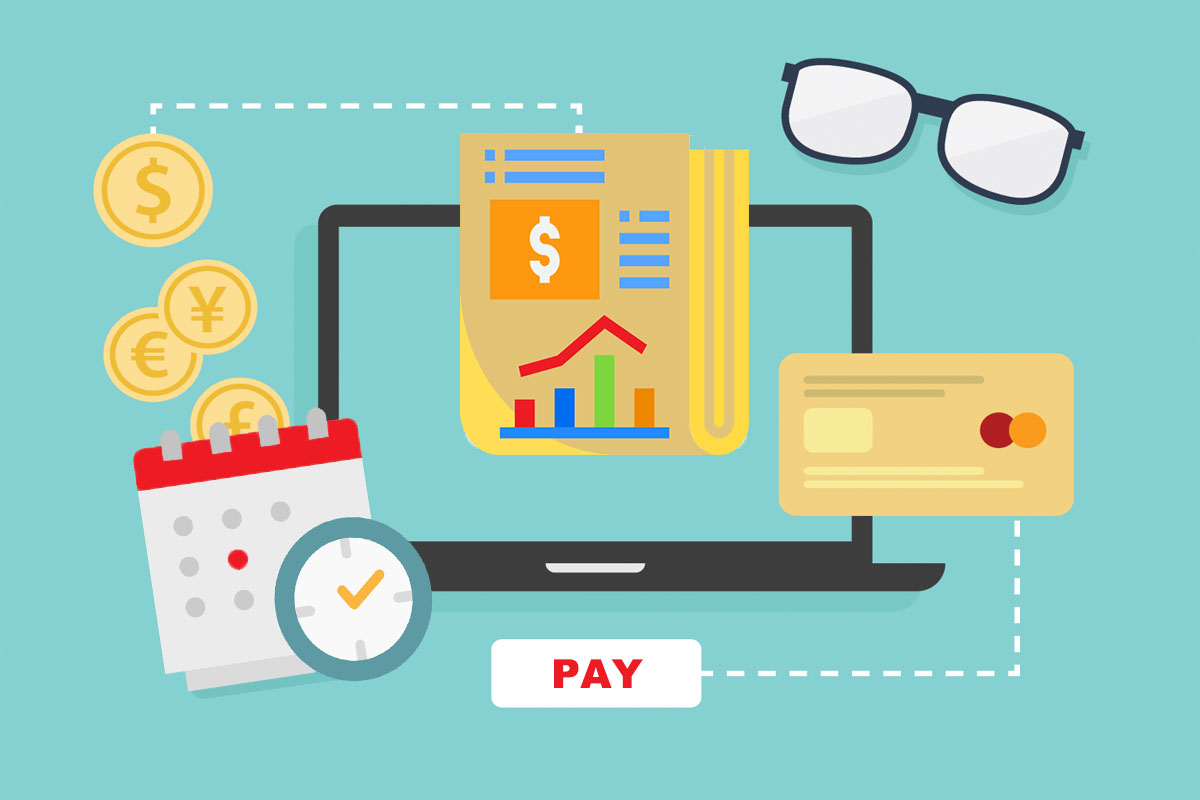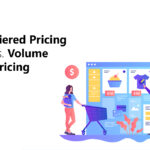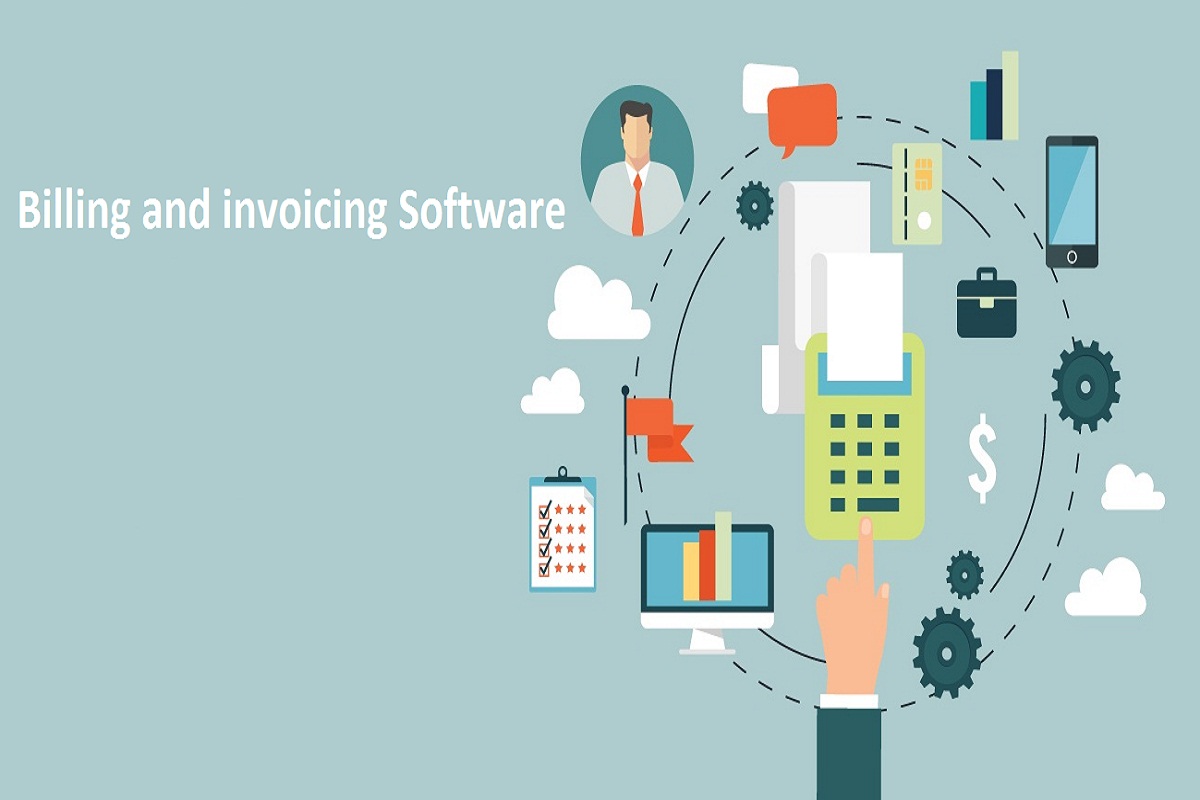
Drawing a Distinction between Accounting Software and Subscription Billing Software for SMBs
Role of a billing component
It goes without saying the billing component plays an integral role in maintaining a stable financial stream for the company. Whether a one-time purchase or a subscription-based billing activity, SaaS businesses need to keep a close check on their billing model. This will ensure the smooth running of the entire system.
An influx of different accounting systems in the market can leave the customer in a rather perplexed state of mind. You will find an array of options that have been developed or modified to help facilitate billing and invoicing. However, how do you decide which accounting system is right for your business?
It all boils down to factors such as the business type, the product offered, customer count and its fiscal capacity to invest in specific billing products. As you begin to acquaint with different accounting platforms, you need to first develop a better understanding of the three components of primary accounting systems.
Major components of Primary Accounting Systems
The ledger system
You can record historical transactions which have already transpired through this system. This is most suitable for cash –oriented dealings used by smaller organizations or those that depend on solo purchases. This accounting system displays transactions at a given point in time. It is not as robust as its counterpart, the ERP (Enterprise Resource Planning) system. Secondly, there is not a lot of functionality and customer records remain static.
The ERP System
On the contrary, we have a far more sophisticated system such as the ERP which is built by modules such as supply chain inventory, ledgers, etc. You will also find ERPs that have a billing engine and which can also manage multiple data tables. However, such systems also have a high price tag and are not easily affordable by small- and medium-sized businesses (SMBs).
The CRM (Customer Relations Management) system
This shouldn’t be confused with an accounting system. CRM performs the function of managing customer data and gives a holistic view of where the business stands in terms of leads and potential customers between sales opportunities and those which can be converted into a sale. The most cost-effective option available for most SMBs is the ledger system whereas an ERP system isn’t as feasible as Excel or other accounting systems like QuickBooks. This combination may not appear as economical but manually entering data also paves way for errors and inefficiencies.
Impact that the billing systems have on regular billing and subscription billing
SMBs encounter two types of billing:
1. Regular billing.
This deals with a one-time purchase where you are extracting the customer –related data from CRM. And on the payment front, an invoice is generated.
2. Subscription billing.
Subscription-based companies mostly make use of such a billing system. Here, an invoice is created as per a regular schedule i.e. on a recurring basis. A subscription management software can make life extremely easy by automating your entire billing process. It will also take into account all the adjustments and changes like usage or variable considerations.
A general procedure is followed for both types of billing. A business will take the order which has been closed and then enters it into billing and invoicing software as well as a fulfilment system. The details which need to be entered are payments, payment terms, products ordering and number of pieces ordered.
In case you don’t have a ledger based billing system and want to do subscription billing, then you will have to manually perform journal entries to meet the set requirements. However, it is imperative that you set up the deferred revenue. This is done so that the revenue portion is noted correctly from a revenue recognition perspective. Doing so will also ensure that the customer details are correct and the invoices are being sent out to the right person.
For those SMBs that have to do subscription billing manually, go through a tedious process which is not just extensive but also mentally draining. The good thing about subscription management platform is that it fills the gap between the CRM and the ledger system without having to resort to an ERP system. Such billing systems are designed to integrate seamlessly with your CRM and handle all complex billing scenarios.



